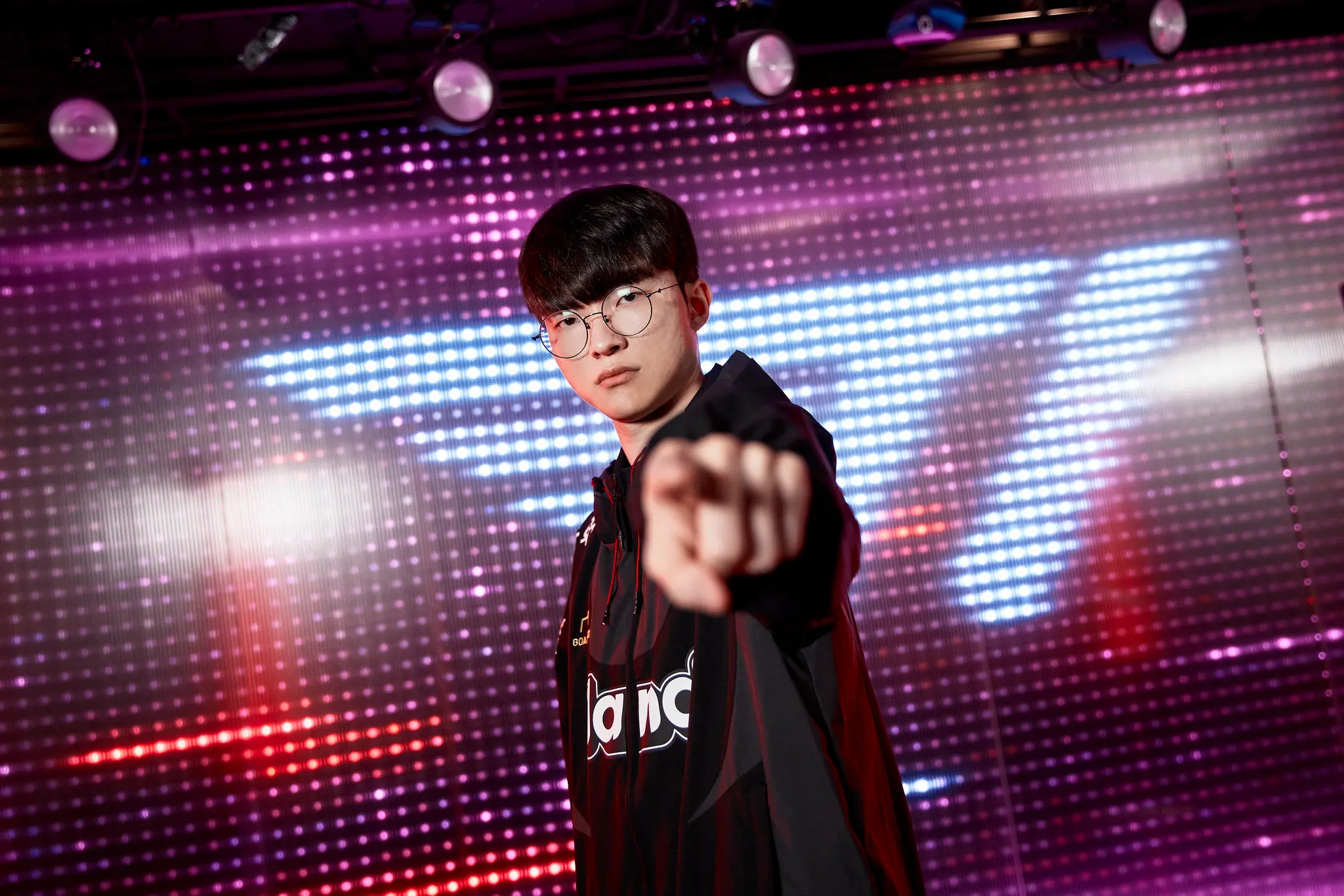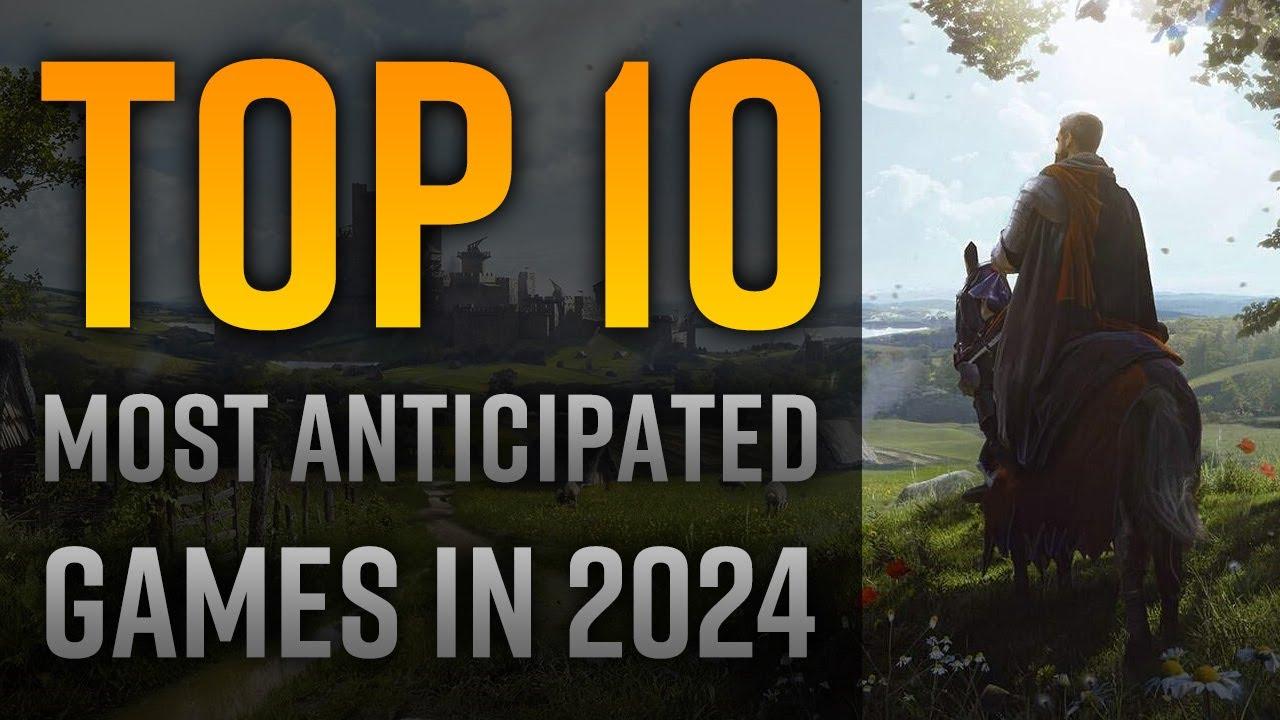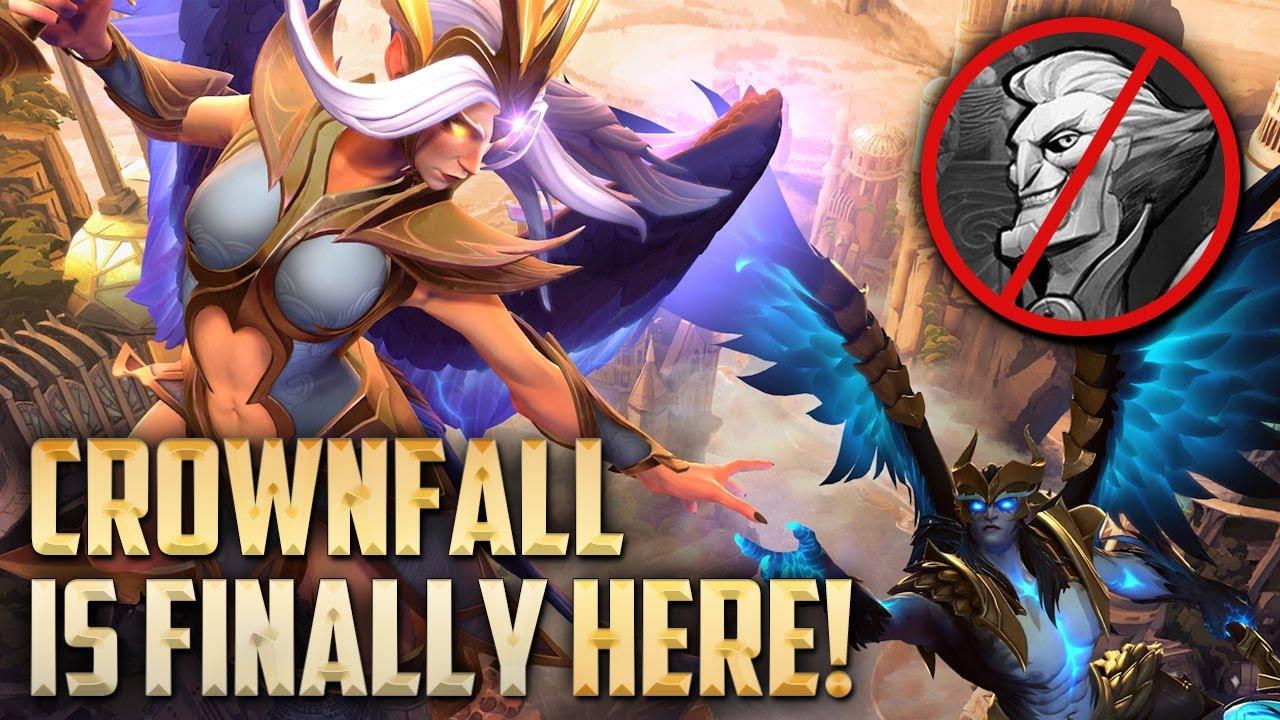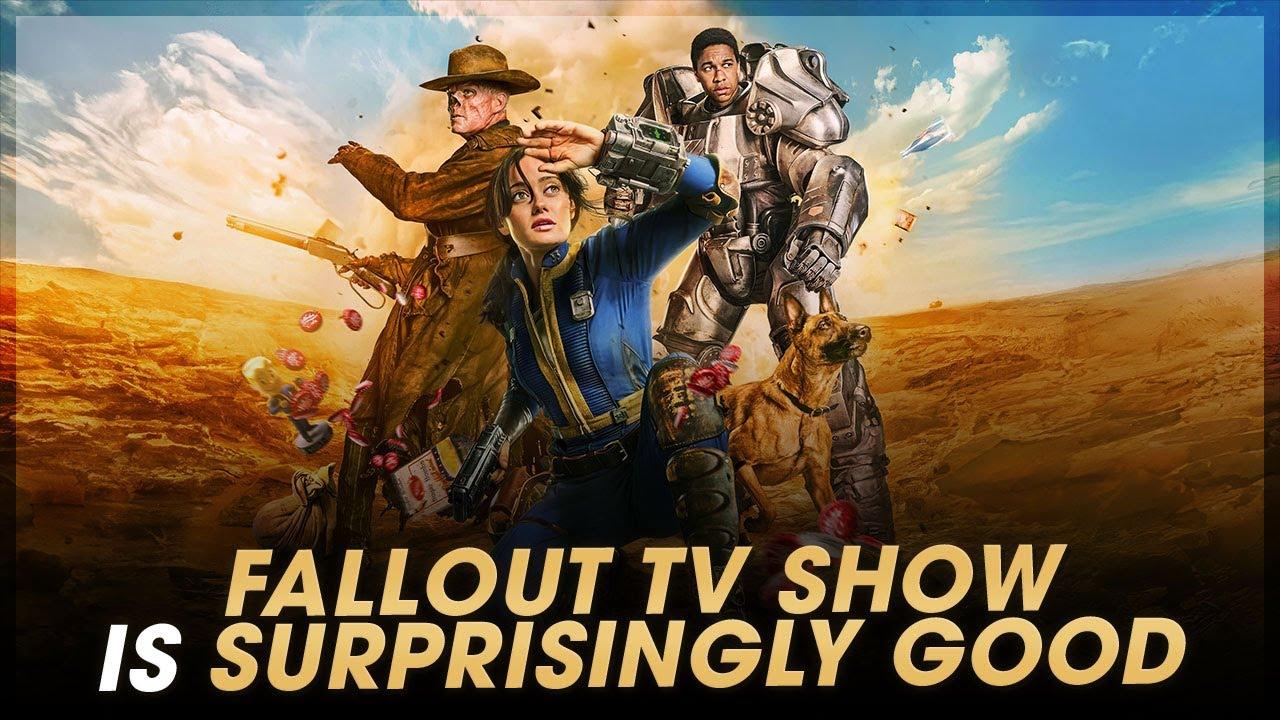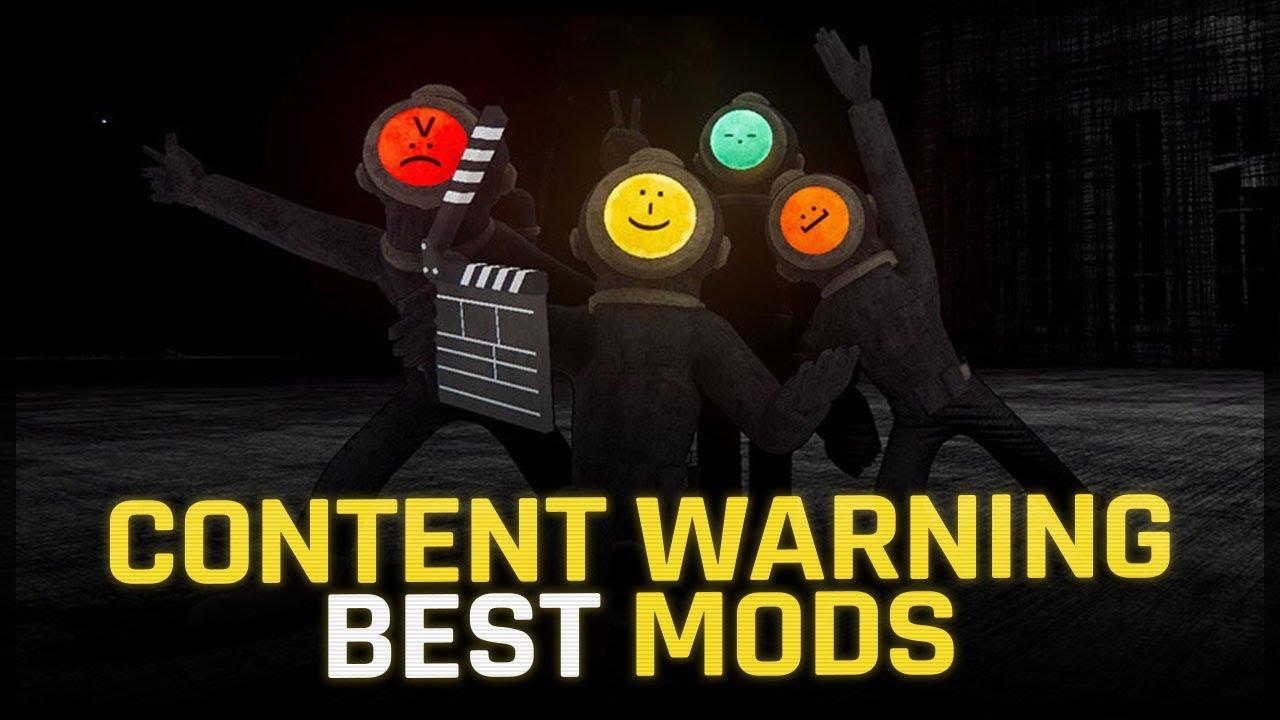League of Legends
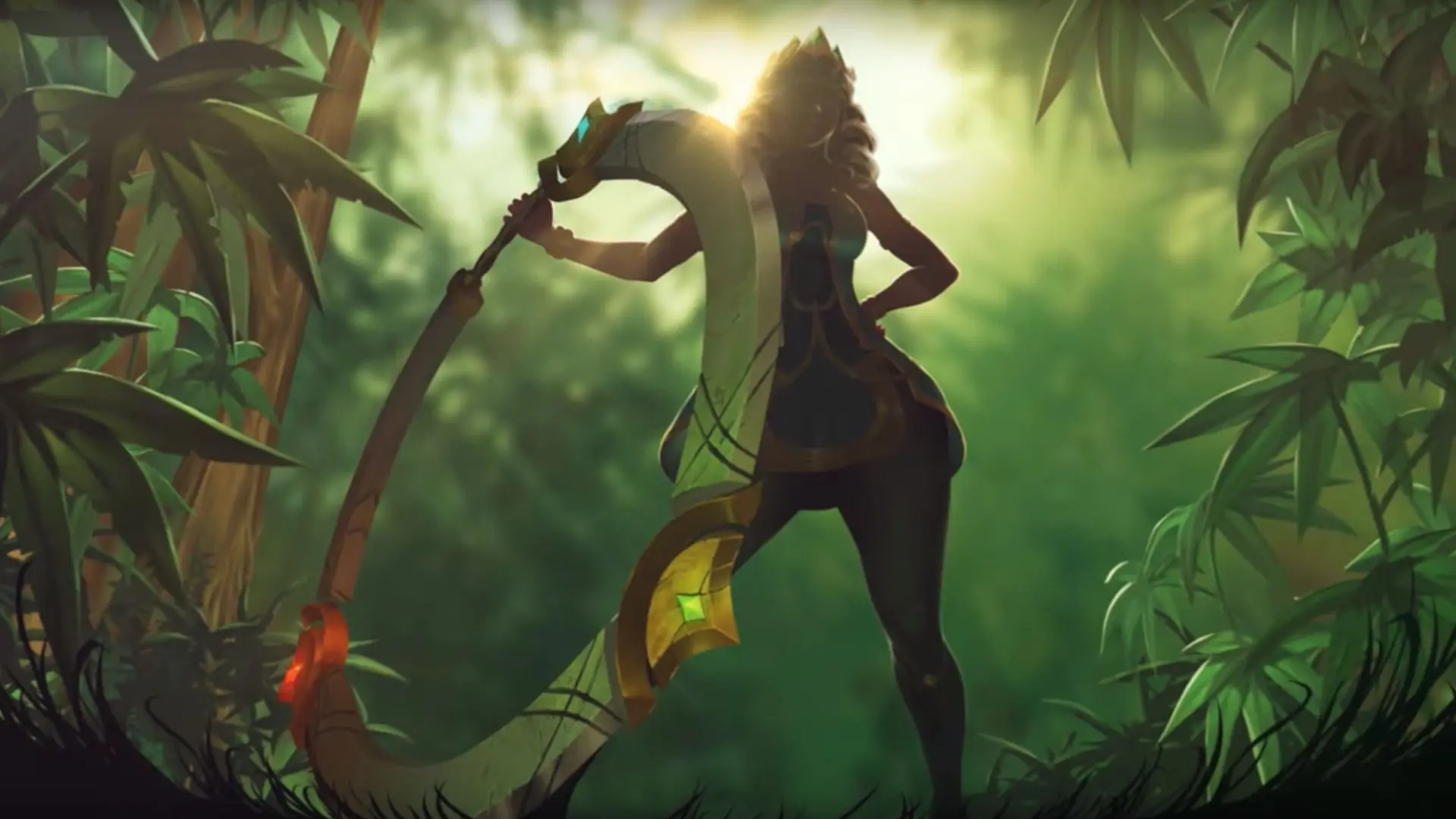
Is League of Legends esports getting a third international tournament?
LoL esports is getting shaken up in 2025.
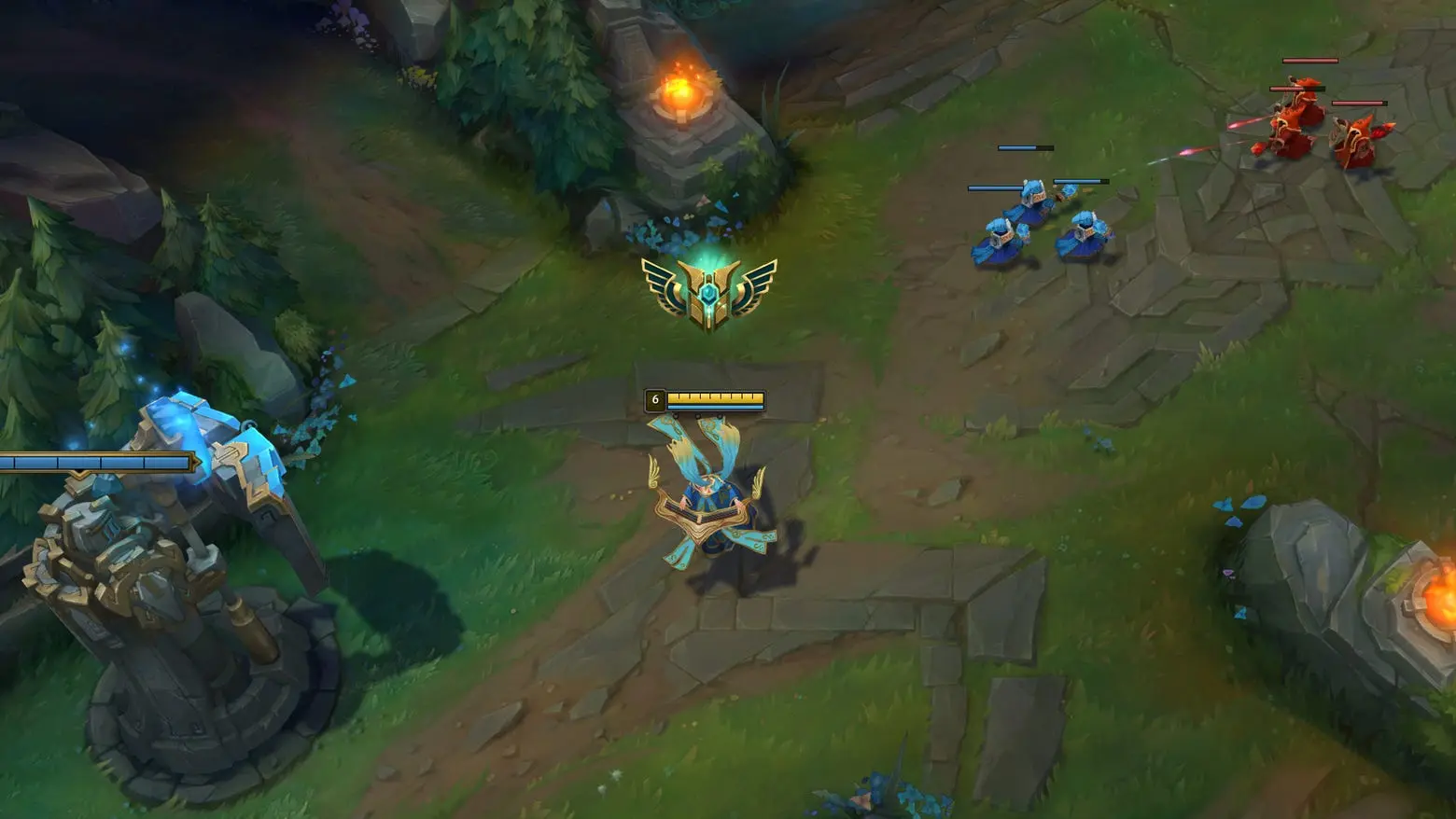
New Mastery System in League of Legends 2024
Introduced in Season 5, the Champion Mastery system in its original form offered players a way to...
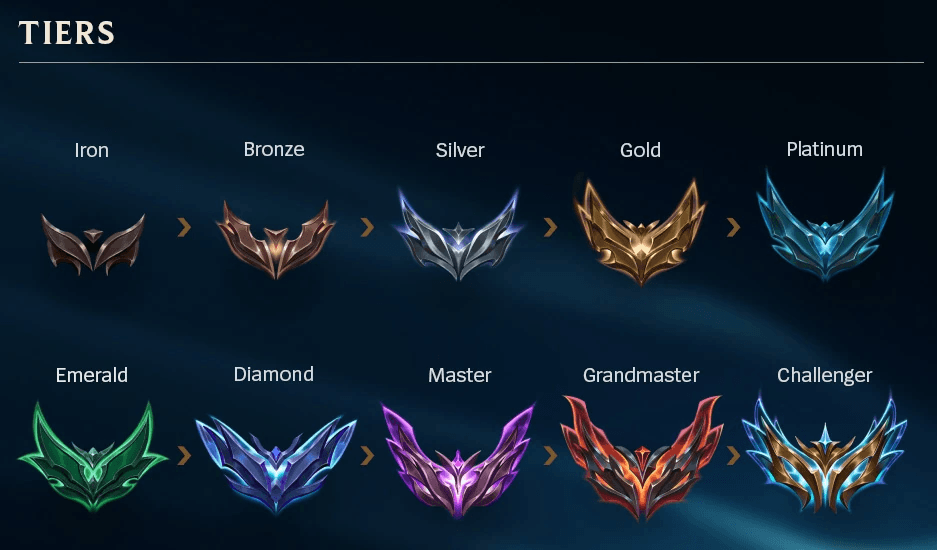
League of Legends MMR changes in 2024
The current MMR system in League of Legends The current matchmaking rating system in the League of...
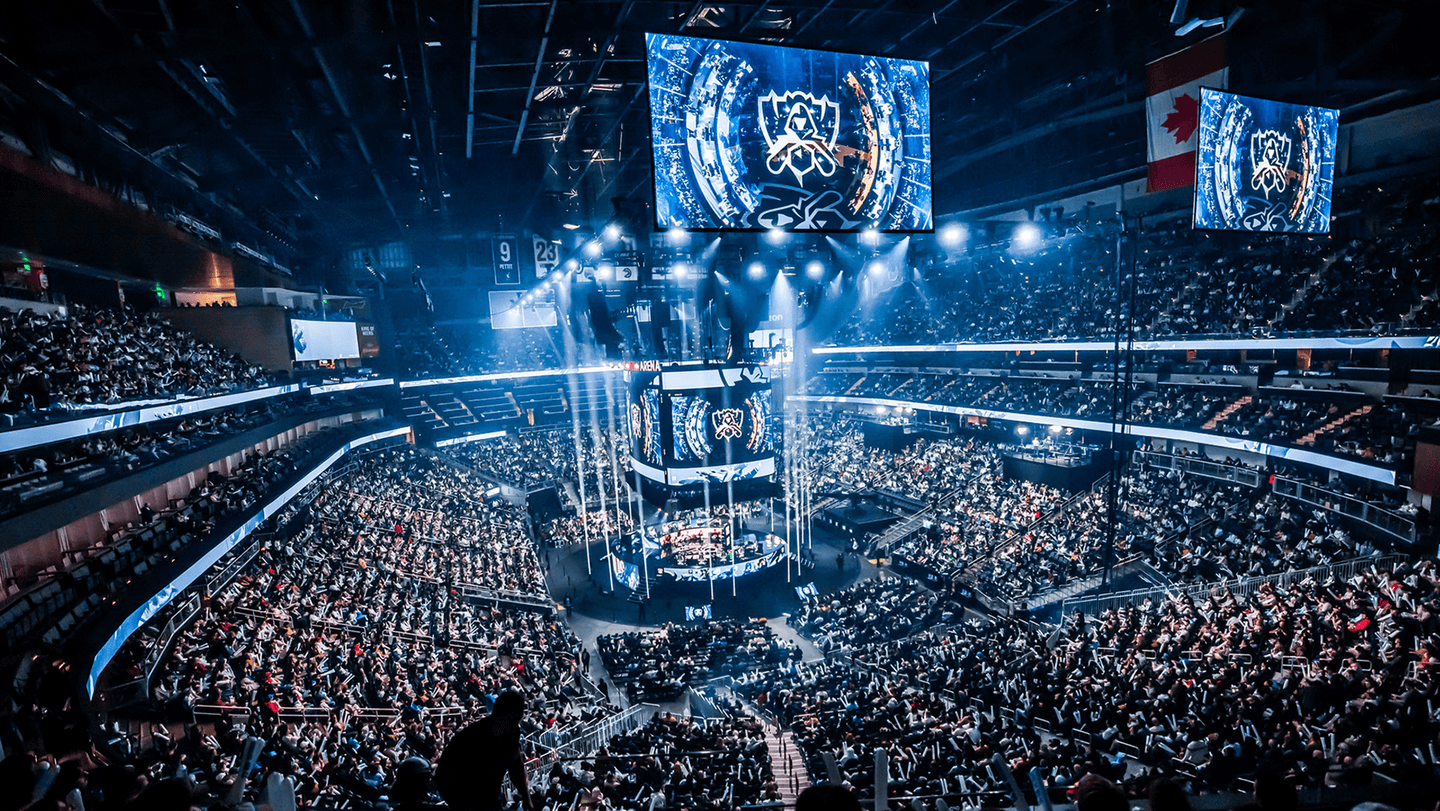
The 2024 LoL season – players and teams to look out for
Some of the hottest players tipped for success this year!
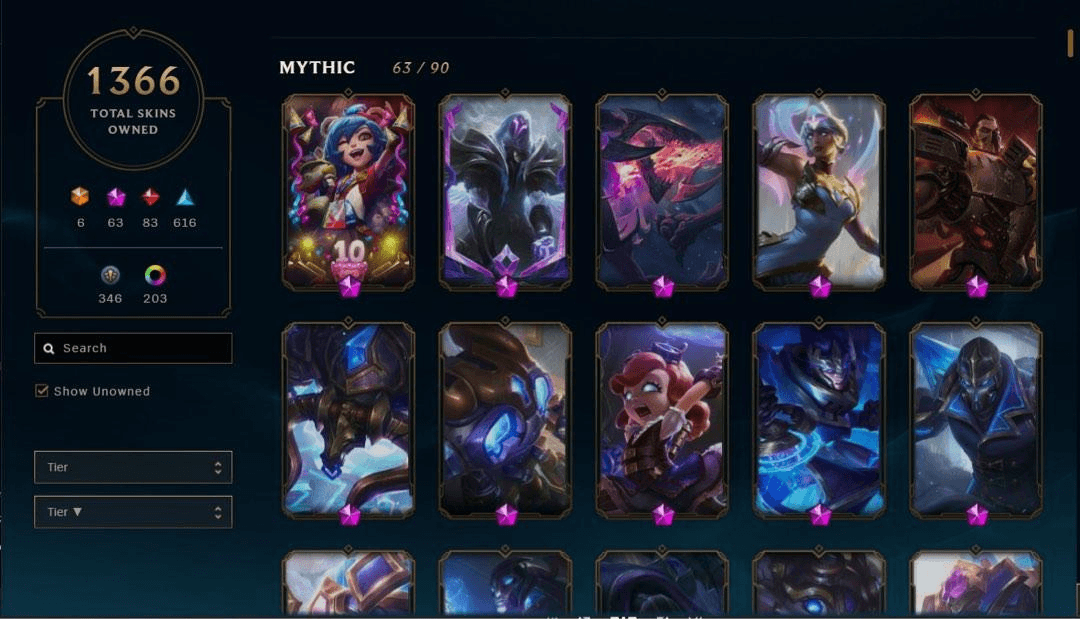
This is how much your lol account is worth
If you’re someone who spent years actively playing League of Legends and building up your collection,...
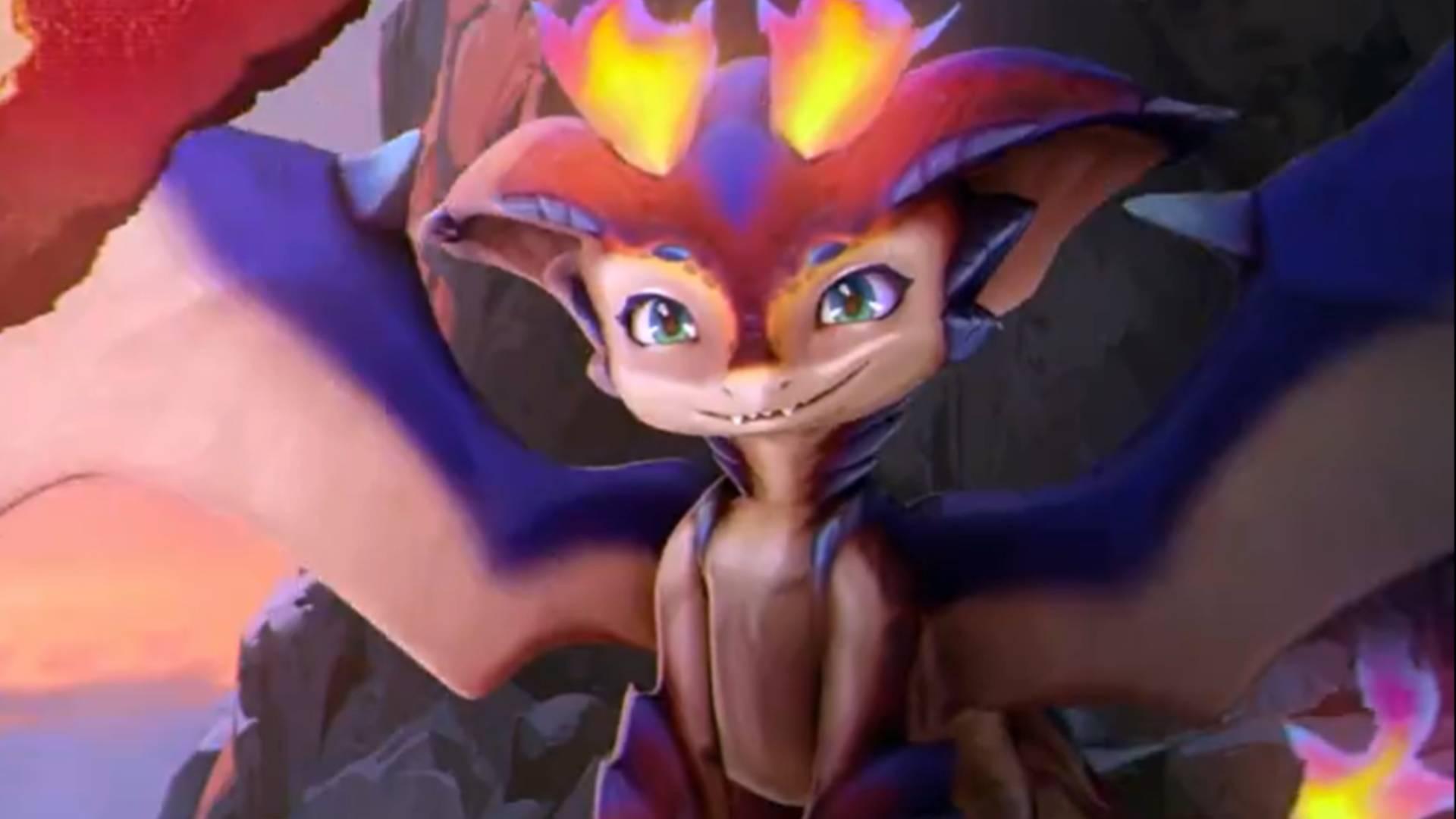
“Smolder” Ignites Excitement in League of Legends
Smolder starts weaker but scales into a powerful force.

Arcane Season 2 trailer released
Season 2’s close, Warwick looks gross, and he’s hungry like the wolf.
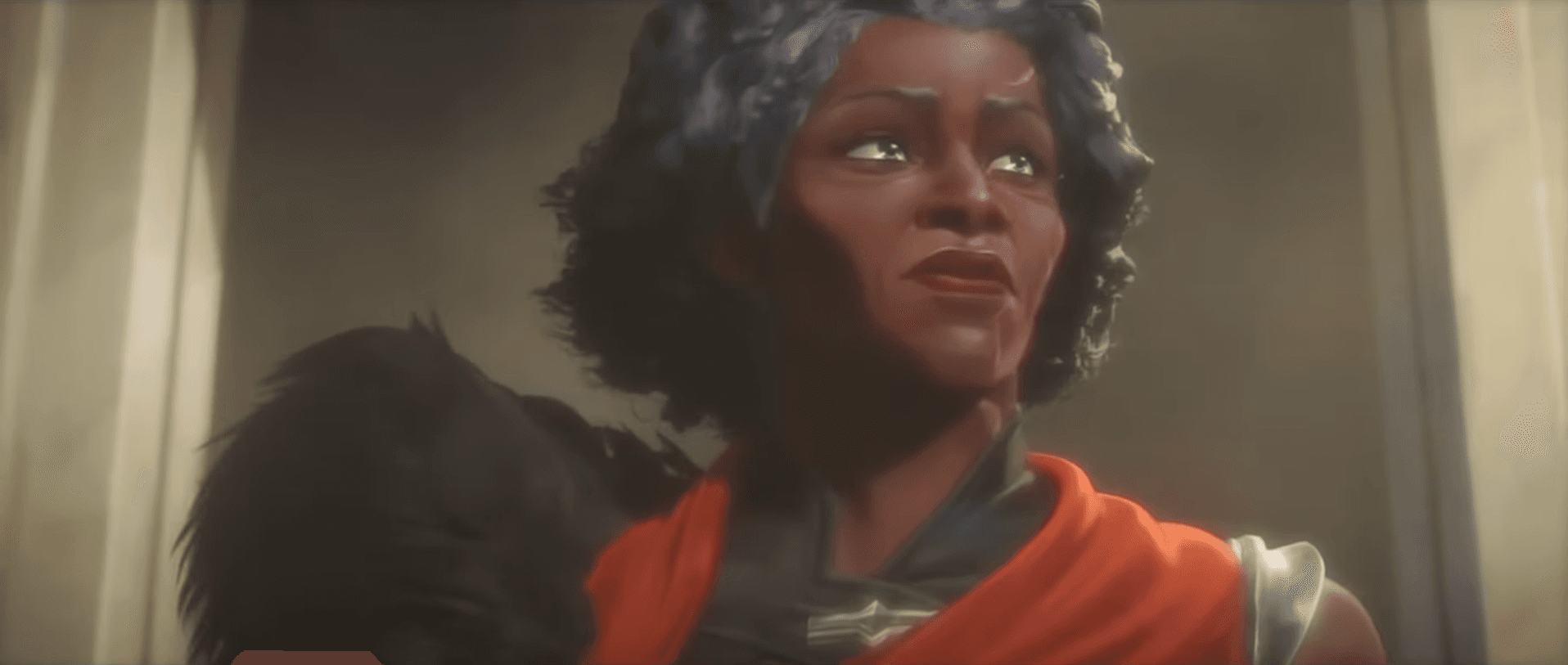
Ambessa Medarda will join LoL as a champion
Riot Games has announced one of the new champions coming to League of Legends in 2024, Ambessa Medarda,...

Meet Smolder, LoL’s new champion
Smolder? I hardly even know ‘er.

What does MarkZ being commissioner mean for LCS?
It has been announced that Mark “MarkZ” Zimmerman, previously a co-host on the LCS desk,...

